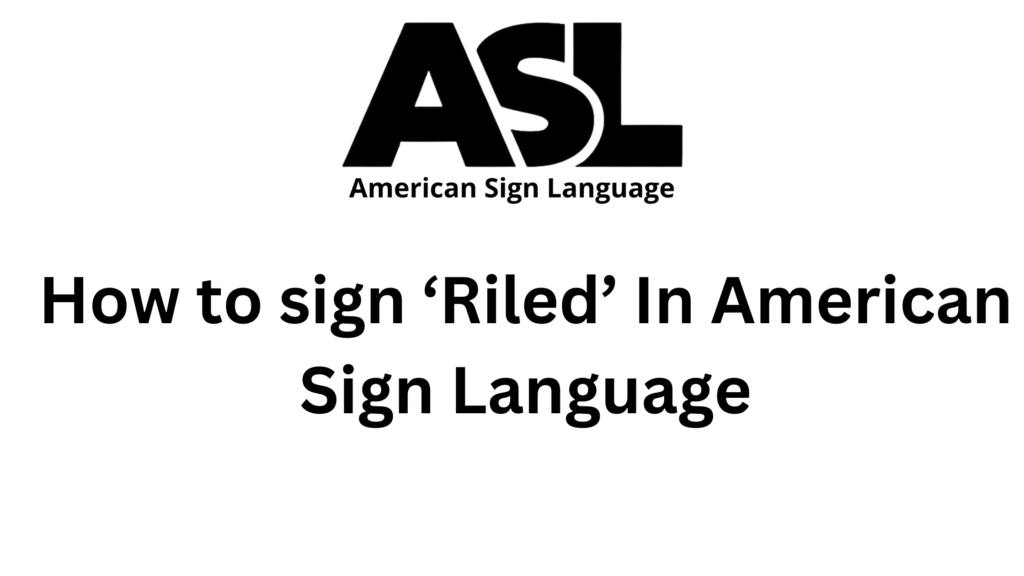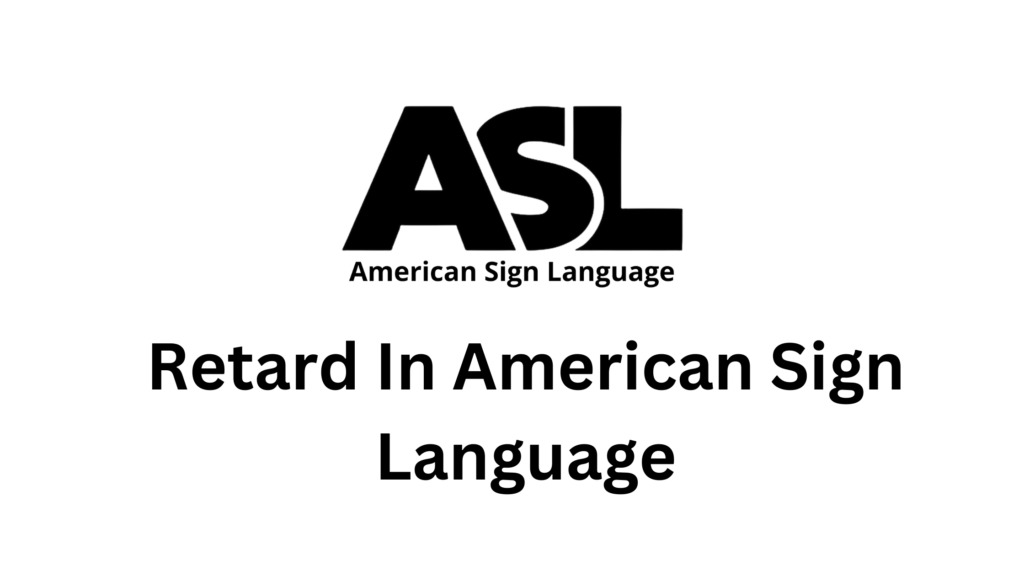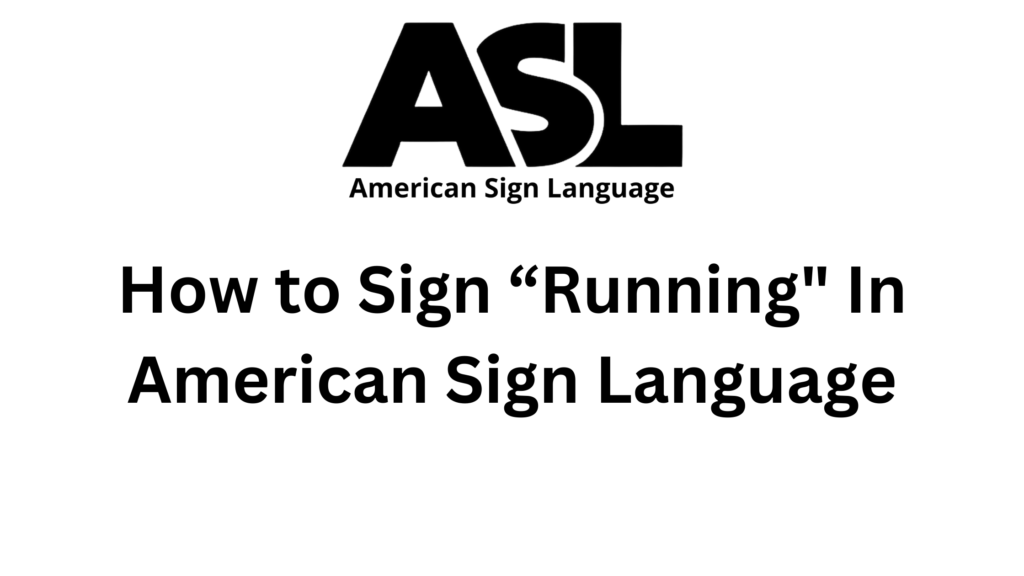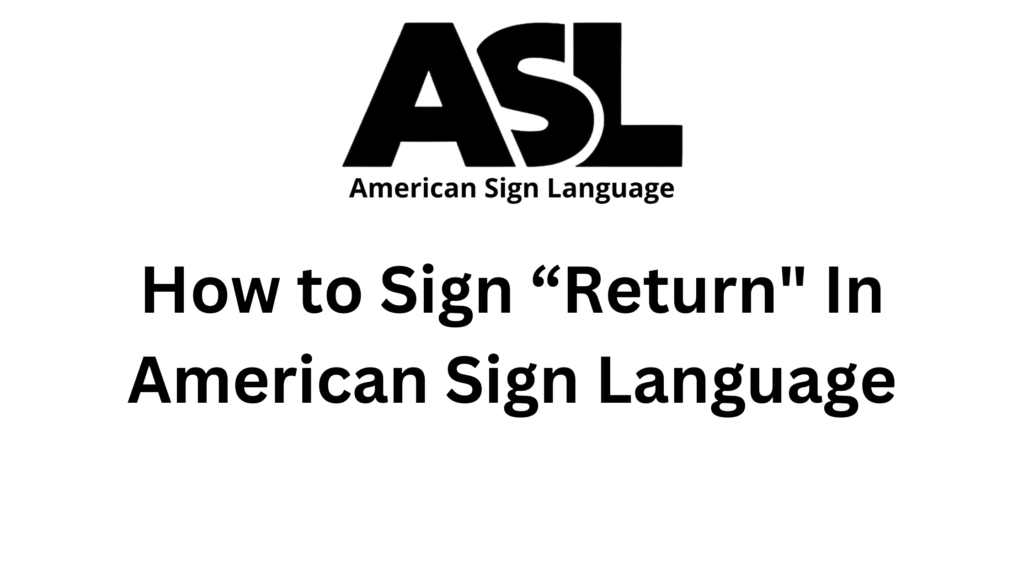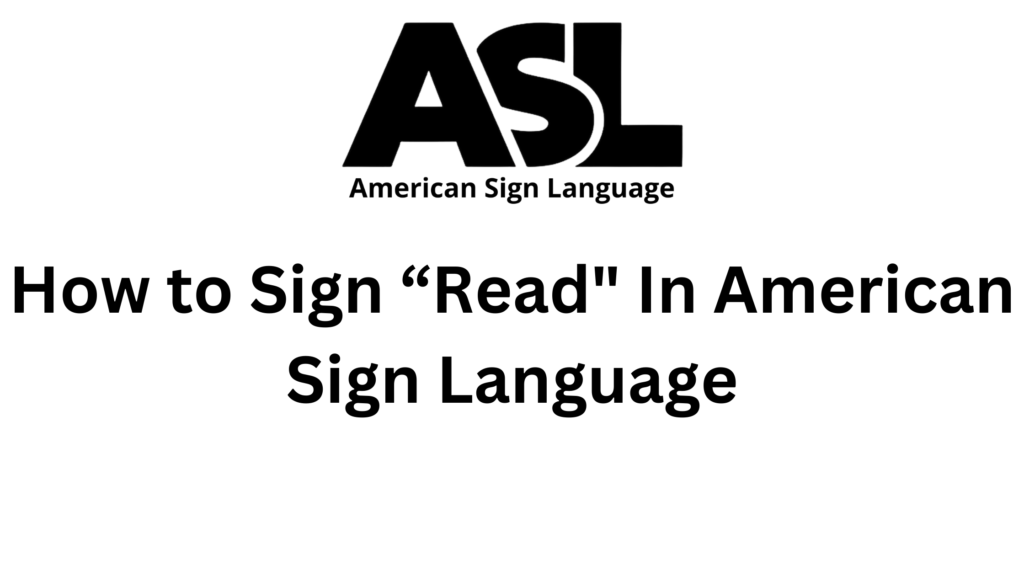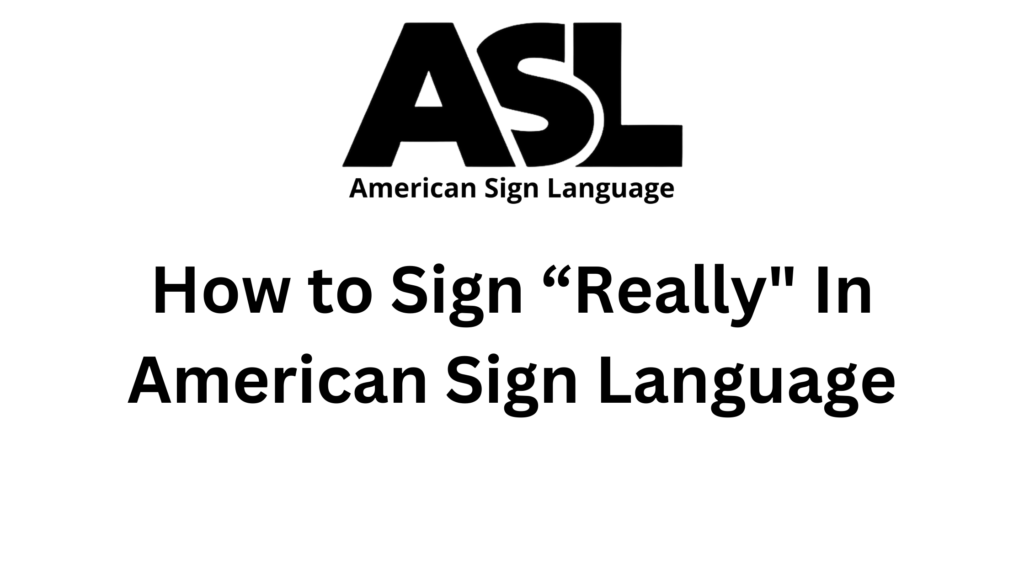Introduction to “Riled” in ASL
American Sign Language (ASL) is a dynamic and expressive language used by the Deaf community in the United States and parts of Canada. Learning ASL allows individuals to communicate effectively and express themselves in various situations. One interesting sign to learn is “riled.” This sign is used to describe being agitated or irritated. Understanding how to sign “riled” in ASL is valuable for expressing emotions and feelings in conversations.
Basic Handshape and Orientation of “Riled”
To sign “riled” in ASL, you need to start with the correct handshape and orientation. Here’s how you begin:
- Handshape: Use both hands to create a claw-like shape with your fingers slightly curved.
- Orientation: Position your hands in front of you, with your palms facing inward and your fingers pointing downward.
These basic elements form the foundation of the sign for “riled” in ASL. Mastering the handshape and orientation is essential for clear communication.
Step-by-Step Signing Instructions for “Riled”
Now that you know the basic handshape and orientation, let’s go through the step-by-step instructions for signing “riled.”
- Position Your Hands: Bring both hands together in front of you, with your palms facing each other and your fingers pointing downward.
- Claw-Like Motion: Move your hands in a claw-like motion, as if you are grasping or clutching something.
- Facial Expression: Show a tense or irritated expression on your face to convey the emotion of being riled.
By following these steps, you will be able to sign “riled” accurately and effectively.
Facial Expressions and Non-Manual Markers for “Riled”
In ASL, facial expressions and non-manual markers (NMMs) play a crucial role in conveying emotions and attitudes. When signing “riled,” your facial expression should match the feeling of agitation or irritation.
- Tense Expression: Furrow your eyebrows and tighten your facial muscles to convey tension and irritation.
- Quick Movements: Use abrupt and sharp movements to emphasize the feeling of being riled.
- Eye Gaze: Direct your gaze forward or slightly downward to indicate the intensity of the emotion.
These facial expressions and NMMs help convey the appropriate tone and context of your message.
Common Variations and Regional Differences for “Riled” Sign Language
ASL can vary regionally, leading to differences in signs and gestures. The sign for “riled” might differ slightly depending on the region or community.
- Standard Sign: The steps described above are widely accepted and used in many regions.
- Regional Variations: In some areas, people might use different handshapes or movements to convey the concept of being riled. For example, some may use a single-handed motion instead of both hands.
Understanding these variations can help you communicate more effectively with individuals from different regions.
Practicing and Politeness for “Riled” Sign Language
Practice is essential for becoming fluent in ASL. Here are some tips for practicing the sign for “riled”:
- Regular Practice: Dedicate time each day to practice signing “riled” and other ASL vocabulary.
- Use Context: Practice using the sign “riled” in different contexts to understand its nuances and meanings.
- Sign with Others: Practice signing “riled” with friends or family members who know ASL.
When using ASL, it’s important to be polite and respectful. Always use the correct signs and show consideration for the Deaf culture.
Using “Riled” in Everyday Situations
Knowing how to sign “riled” is useful in many everyday situations. Here are a few examples:
- Expressing Frustration: “I was so riled when my car broke down on the way to work.”
- Describing Anger: “She looked riled when she found out about the mistake.”
- Discussing Emotional States: “He’s been riled ever since he heard the news.”
Using the sign for “riled” in different contexts allows for clearer and more effective communication about emotions and feelings.
Additional Signs for “Riled”
To expand your ASL vocabulary related to “riled,” consider learning these additional signs:
- Angry: Use a handshape with your fingers spread apart to indicate anger or frustration.
- Agitated: Use a shaking motion with your hands to convey agitation or restlessness.
- Irritated: Use a brushing motion with your hand across your body to indicate irritation or annoyance.
Learning these signs will broaden your ASL vocabulary and enhance your ability to communicate about emotions and feelings.
Cultural Considerations of “Riled” in ASL
Understanding the cultural context of ASL is essential for effective communication. Here are some cultural considerations related to signing “riled”:
- Respect for Emotions: In Deaf culture, emotions are valued and respected. Be mindful of the intensity of emotions when signing “riled” and other emotional signs.
- Empathy and Understanding: Show empathy and understanding when discussing emotions in ASL. Be sensitive to the feelings of others.
- Cultural Sensitivity: Be aware of cultural differences in expressing emotions and feelings. Respect cultural norms and preferences when using ASL.
By considering these cultural aspects, you can become a more respectful and proficient communicator in ASL.
Conclusion of “Riled”
Signing “riled” in ASL is a valuable skill that allows individuals to communicate about emotions and feelings of agitation or irritation. By understanding the basic handshape, orientation, and facial expressions, you can accurately convey the concept of being riled in ASL. Remember to practice regularly and be mindful of regional variations and cultural considerations. With dedication and practice, you will become more proficient in ASL and broaden your communication skills.
For more information on learning ASL and other signs, visit our homepage.

